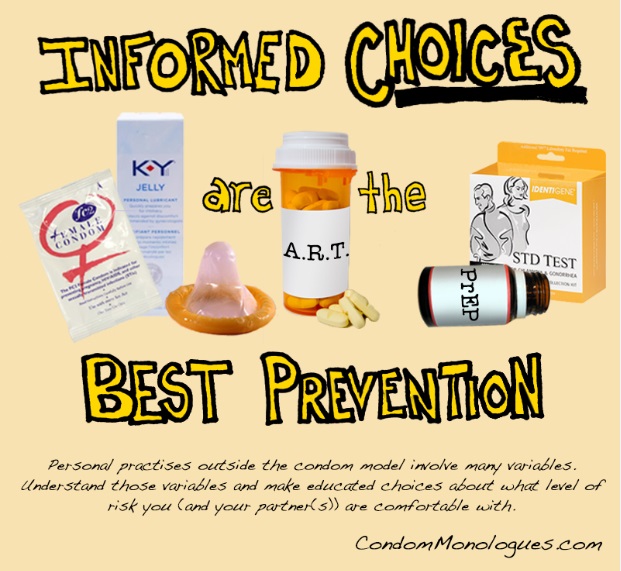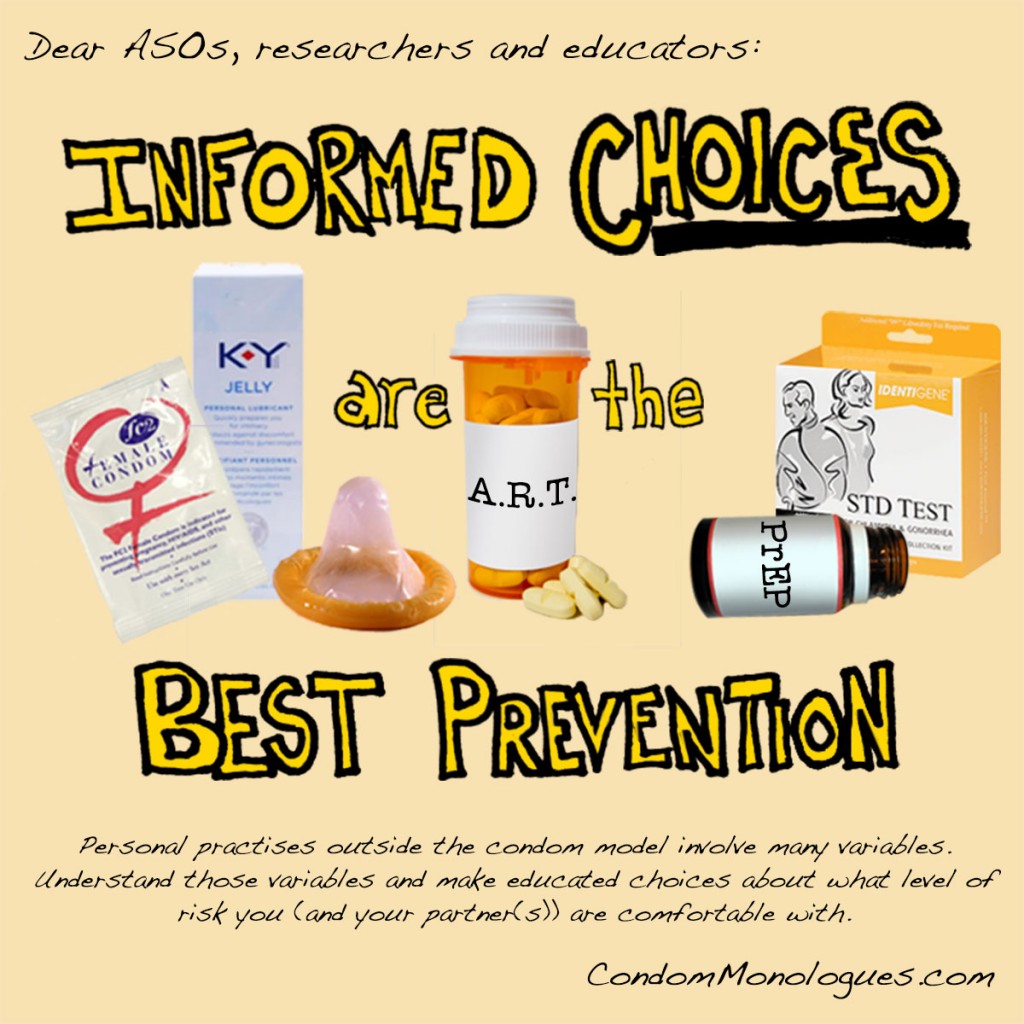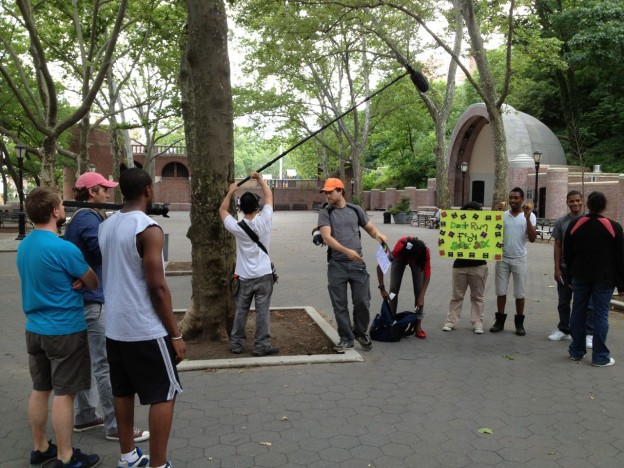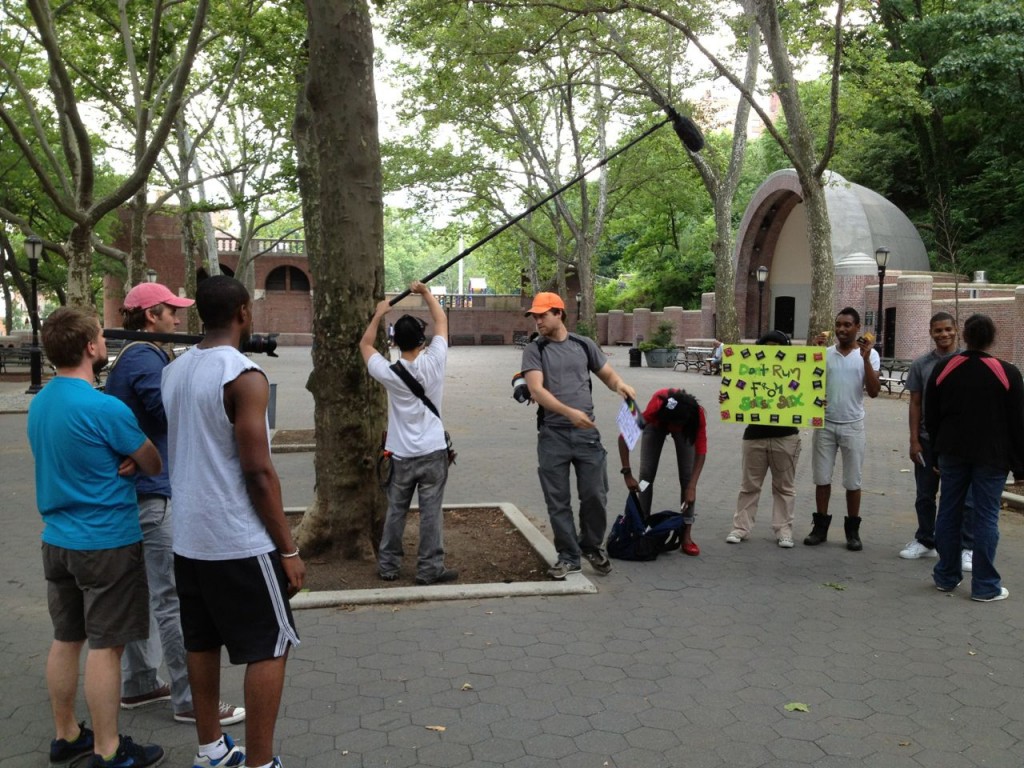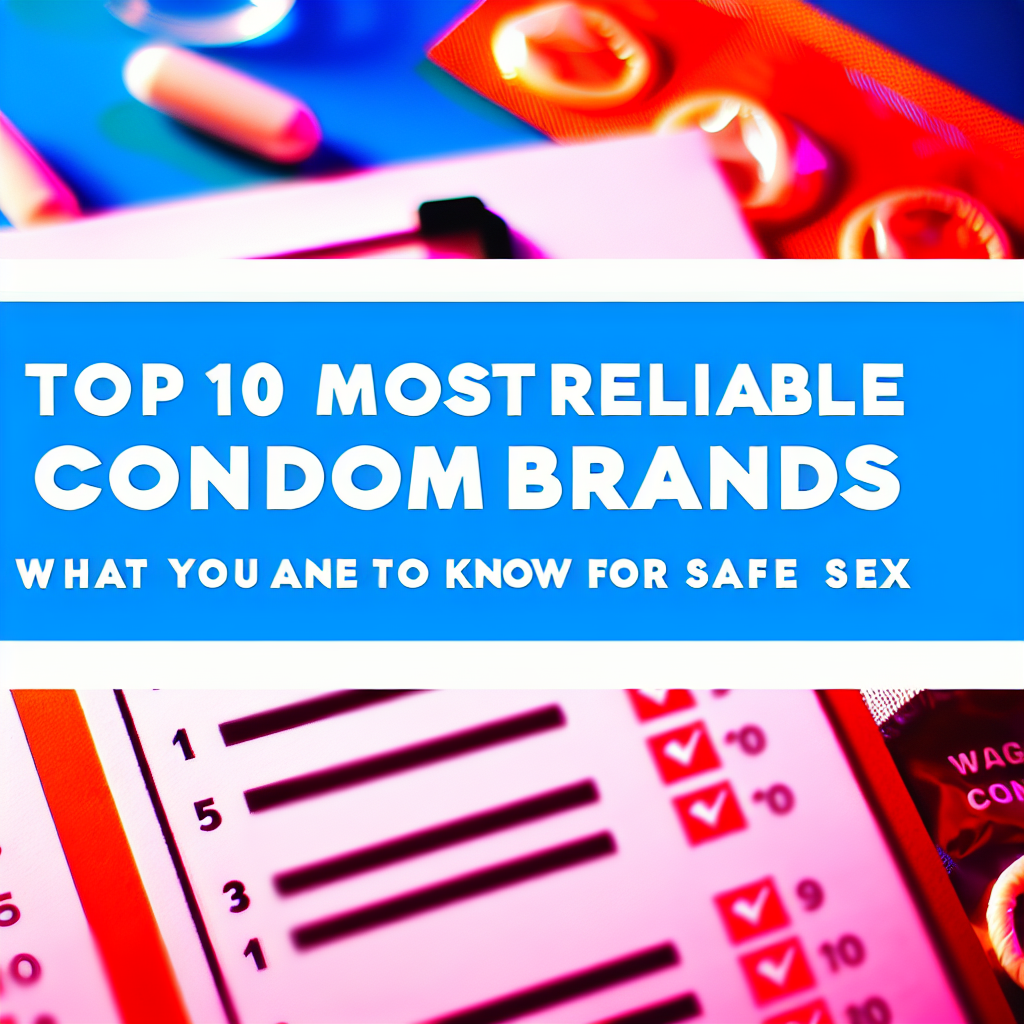The term “swag” is generally used to describe someone of confidence and respect. A group of young guys from ASCNYC’s mPowerment program have revamped this meaning to make people recognize that taking care of your sexual health is fundamental to respect. This post is about S.W.A.G.

Sitting in a New York bar or night club you may be lucky enough to chance upon the lively SWAG Mpowerment – a group of 19 – 29 year old gay and bisexual guys who are on a mission to normalize HIV prevention and safer sex. They jump bar to bar in a sort of flash-mob way, passing out condoms, lubes and information pamphlets about HIV testing. You might even get a free candy.
“It’s a really effective way to get condoms out there,” says Lance, one of the members of SWAG. “Sometimes people will be really curious and ask questions and that starts a dialogue which can lead to a person in another day or two getting tested at the agency.”
That agency is the ASCNYC which initiated SWAG Mpowerment five years ago as part of their outreach to reduce HIV transmission among YMSMs (Young Men who Have Sex with Men). Young gay and bisexual men between the ages of 13 – 24 are the hardest hit by new infections in the United States today.
What’s different about SWAG- which stands for “Sexy With A Goal”- is that, instead of focusing solely on individual risk behavior, the project addresses wider interpersonal and social issues identified by the group volunteers and coordinators themselves; issues like asserting safer sex, self-esteem, homelessness, racism, homophobia, education and employment pressures. All aspects which directly and indirectly impact young gay men’s abilities to consistently know their status and take care of their sexual health. As Guy Williams, Assistant Director of Prevention at ACSNYC explains, “SWAG is like family for a lot of the guys because they can’t really be themselves around other family and friends” due to deeply rooted stigma of being gay. SWAG is a safe sex-positive and fun space for these young men to forge meaningful friendships and take on community issues that impact them most.
Over our phone interview, Williams explained that their condom distribution strategy came about through a series of rejections by bar and club owners who didn’t like SWAG’s proposal to set up an information table in the bar and hand out condoms to patrons. “Many bar owners said ‘Nah, that will kill the mood because patrons come in to have a good time. They don’t want to talk about HIV,” Williams describes. “So what SWAG decided was, well, if we just run into clubs and bars quickly and just hand out condom packs and leave than we didn’t need the owner’s permission.”
This is just one of their many project activities. Along with weekly meet ups and educational outreach, SWAG members organize pro-gay events ranging from talent shows to more serious affairs like taking on New York State congress by speaking with policy makers about the dire need for funding to support young gay men. SWAG has also produced this “Why Safer Sex Is Sexy” video.
Throughout June, which is Gay Pride Month, SWAG is launching a weekly event series titled “The 50 Shade of Gay”. Gay porn stars will come in and talk with young men about HIV prevention in the porn industry, such as HIV testing practices, safer sex negotiation, and “sero-sorting” they face in the industry. They’re also launching a video in June that crushes one-dimensional gay stereotypes. Members will tell and represent their own stories of what it means to be gay and share their video across the internet.
As William explains, SWAG Mpowerment is about addressing HIV status, testing and prevention, but “doing it in non-traditional ways that are not always talking about HIV. That’s why we are always trying to do fun and inventive stuff to support each other.”
SWAG is always open to new members and volunteers. They are also searching for volunteer sex educators who have experience teaching and demonstrating condom usage. They meet Mondays, Tuesdays and Fridays between 4:30 and 6:30 at 85 University Place, 5th floor, New york, NYC, 10003. For more information, contact Guy Williams gguy.williams@gmail.com.
